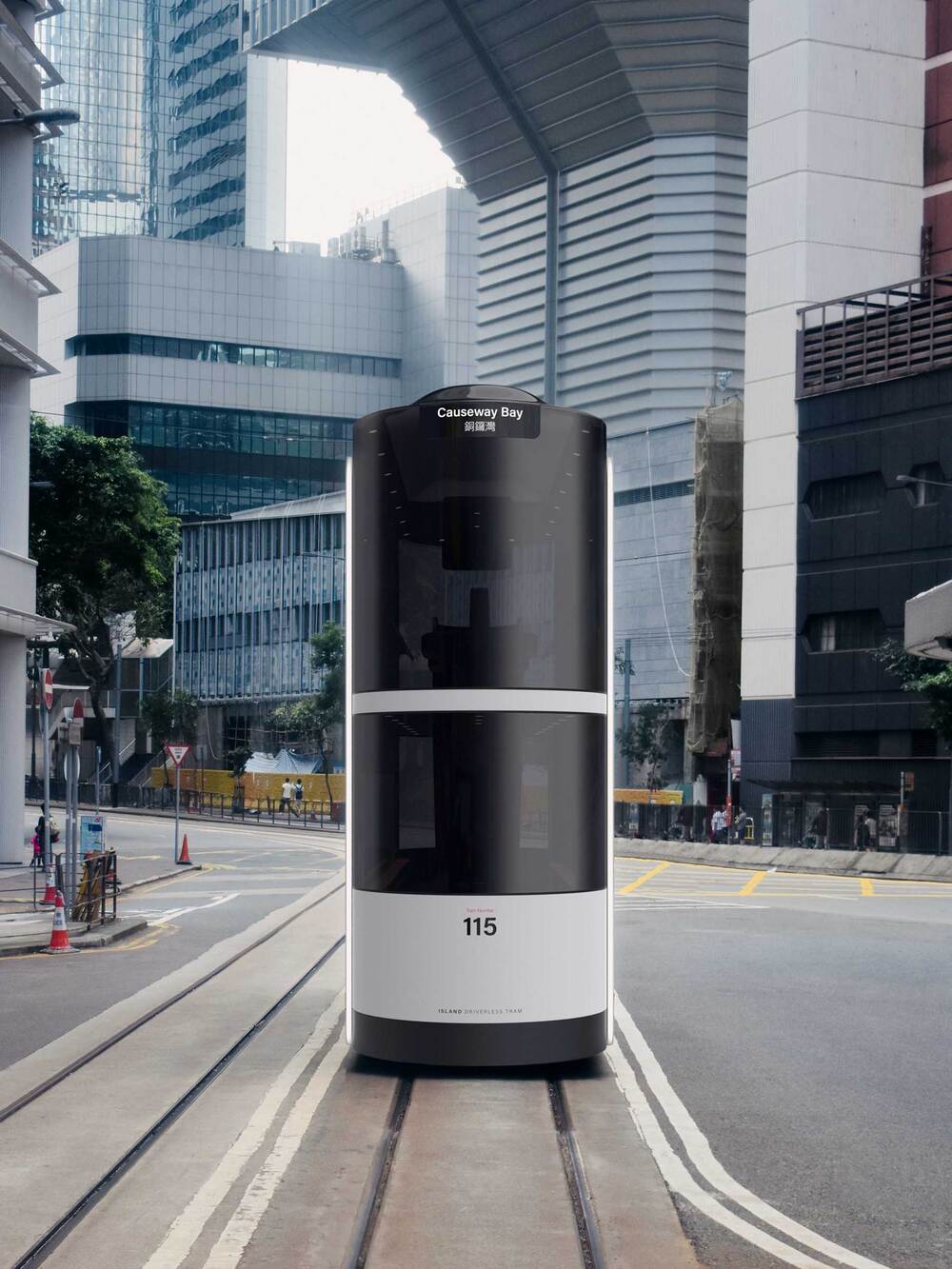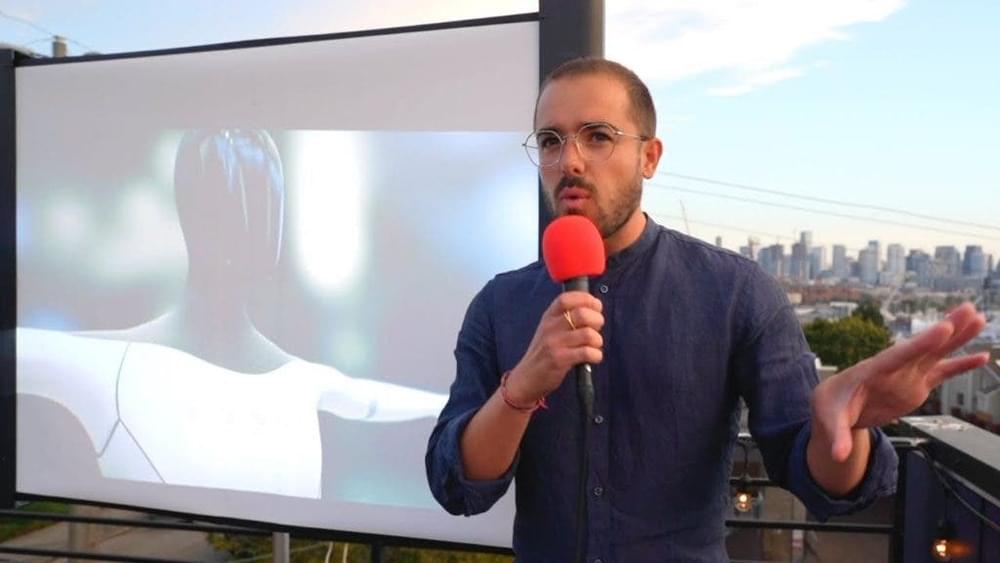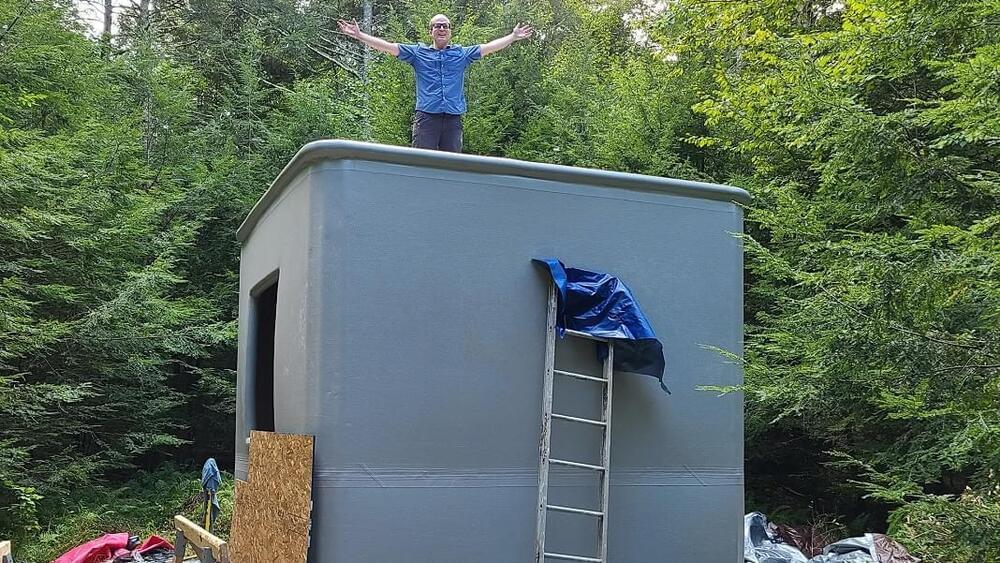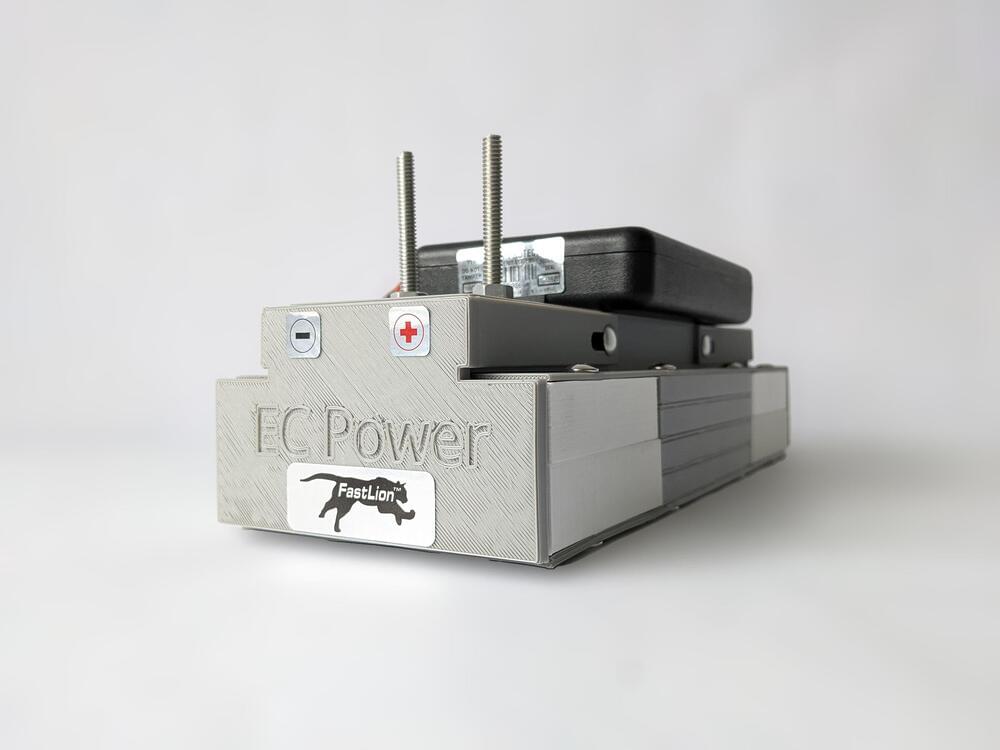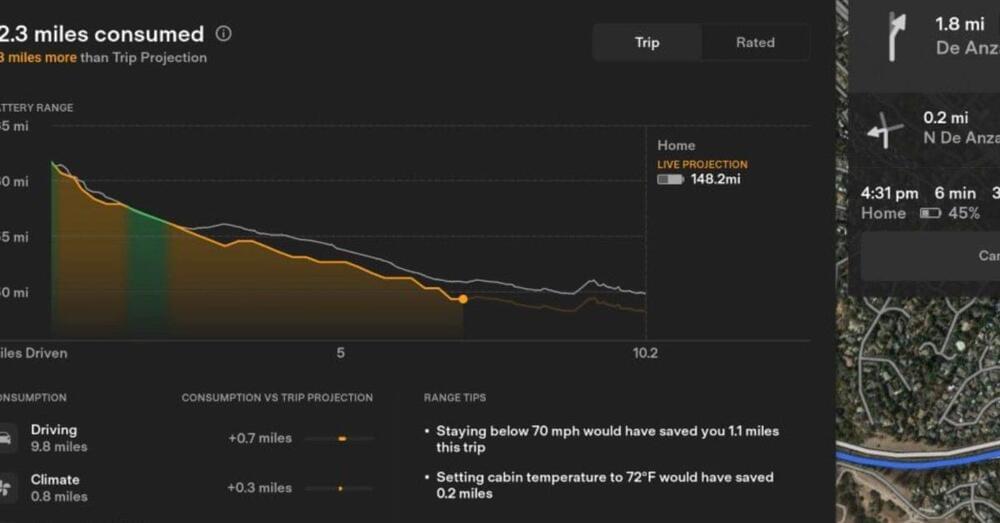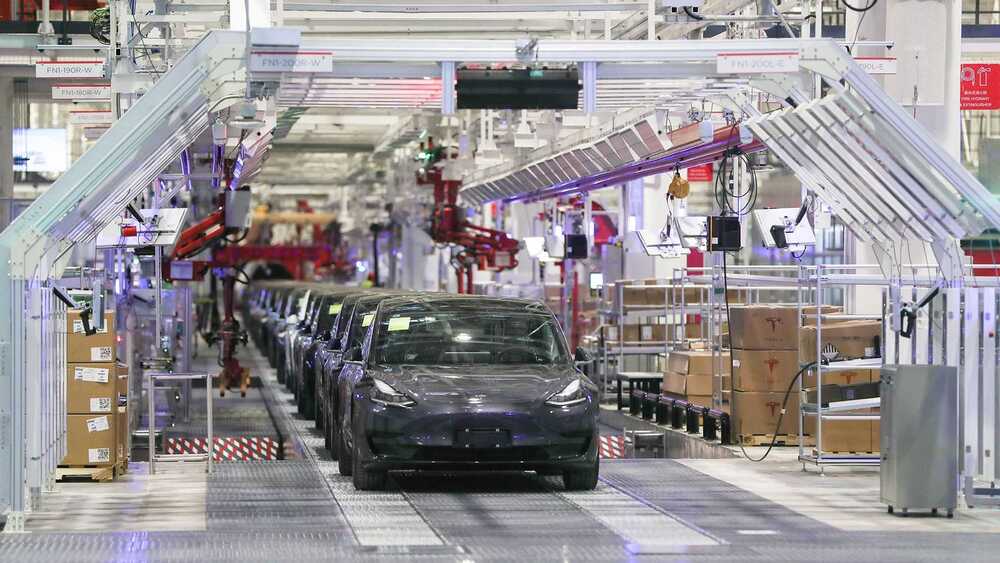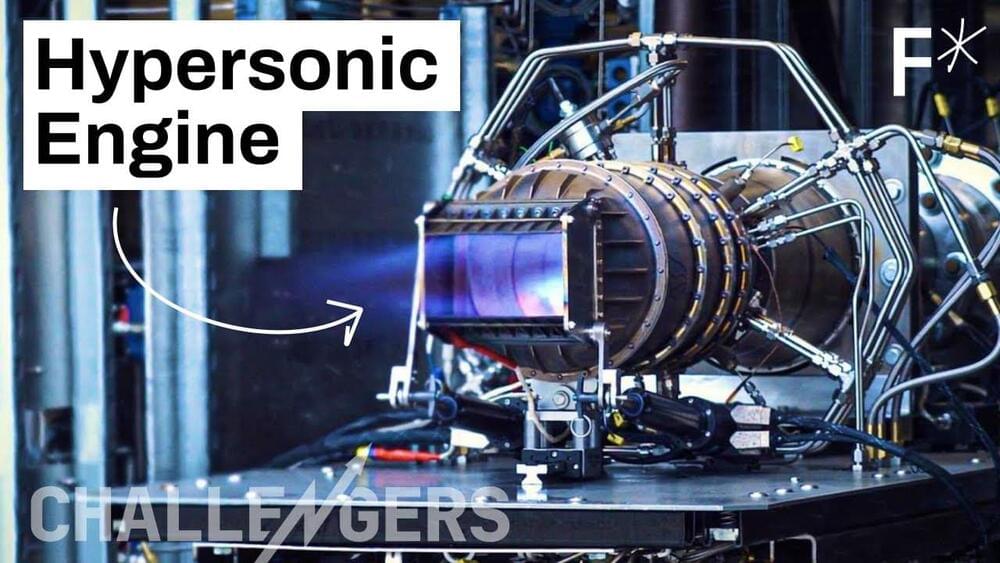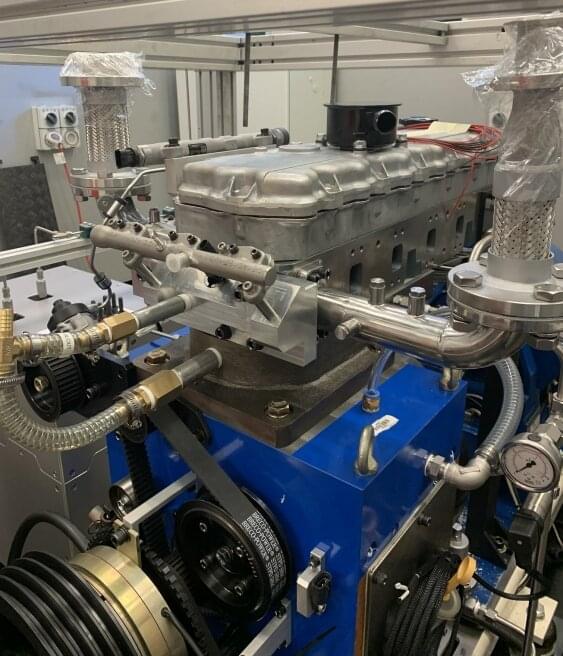Oct 13, 2022
Mobility and Transportation Design Services
Posted by Gemechu Taye in categories: robotics/AI, sustainability, transportation
The concept aims to encourage public transportation in the city.
Ponti Design Studio revealed a concept design of an electric double-decker driverless tram to hit the roads of post-COVID Hong Kong. Dubbed Island.
The vehicle’s curved windows and see-through top let the sunshine in during the day, allowing passengers to enjoy the city view at night. According to the website, the interiors are sleek and comfortable, with charcoal gray walls, cushioned seats, wooden floors, and trims with a natural finish. Island won the 2020 GIDA Design Award.
Continue reading “Mobility and Transportation Design Services” »
